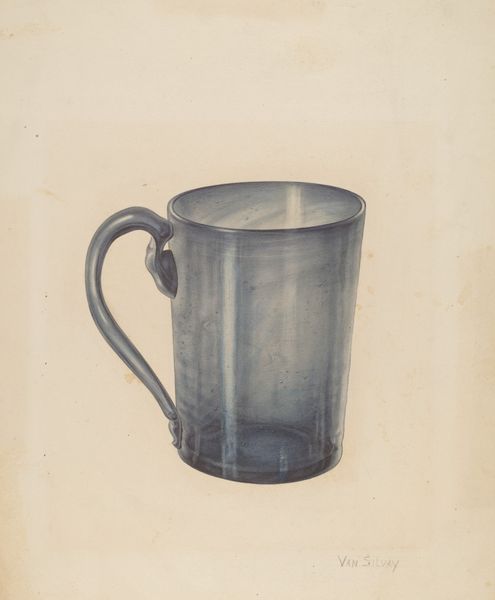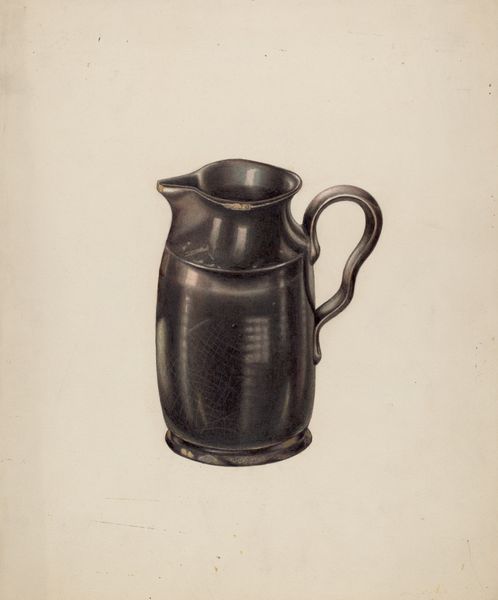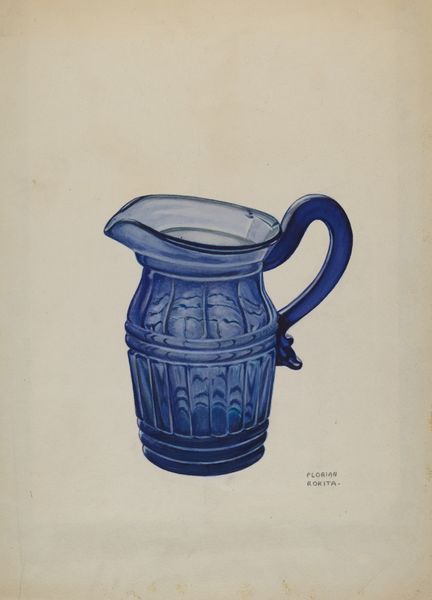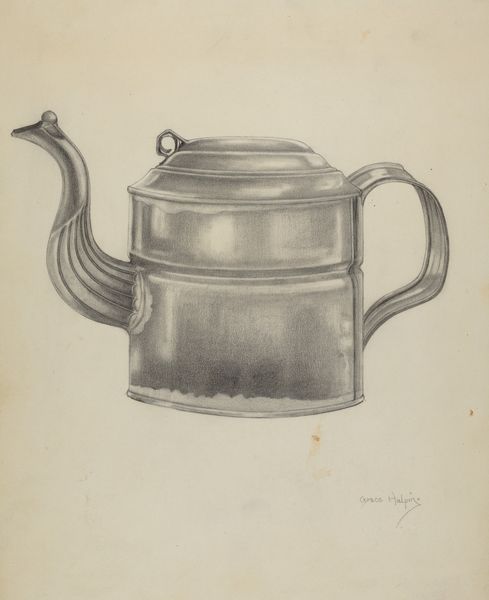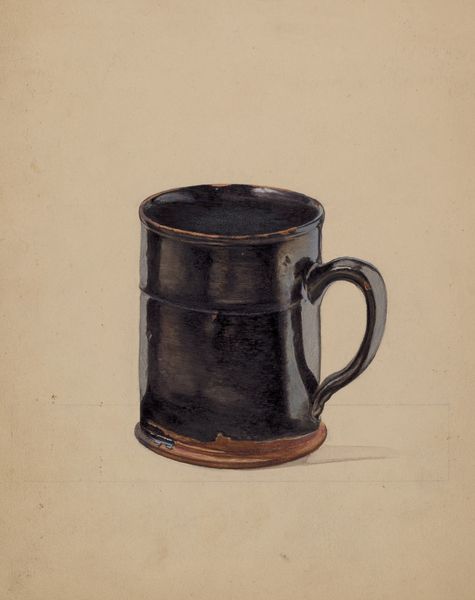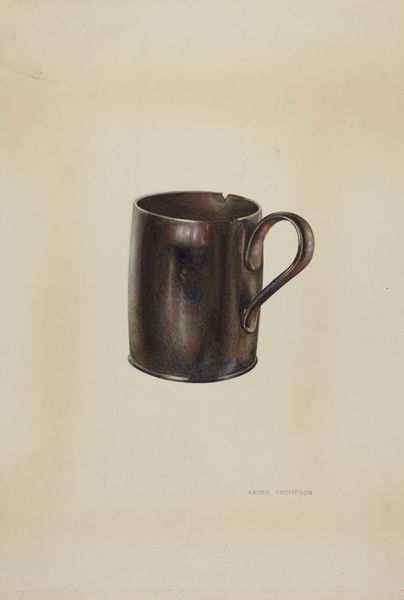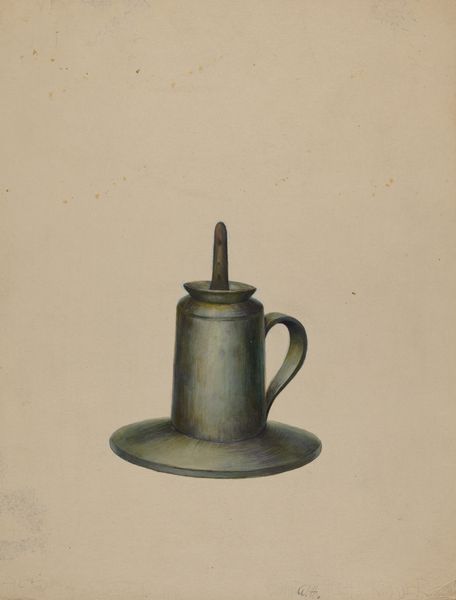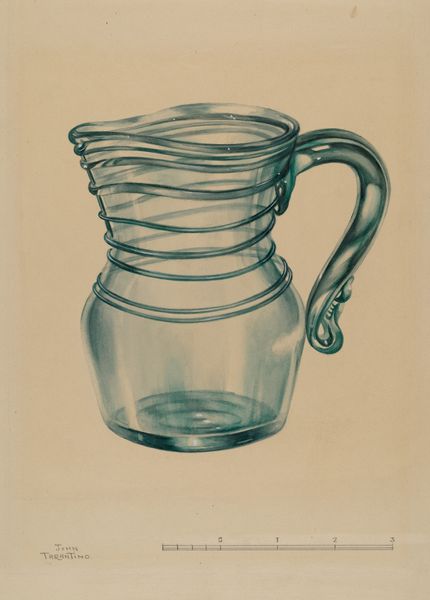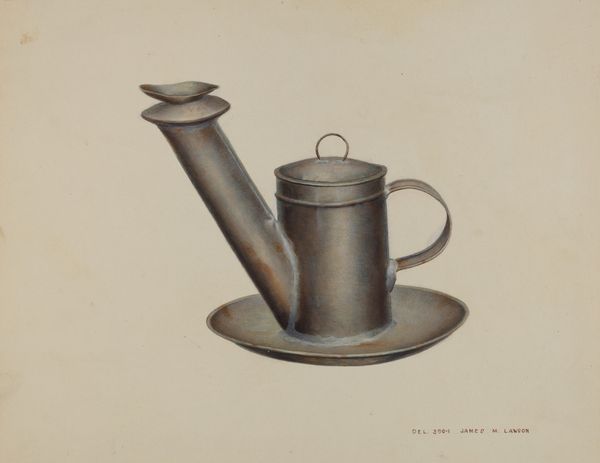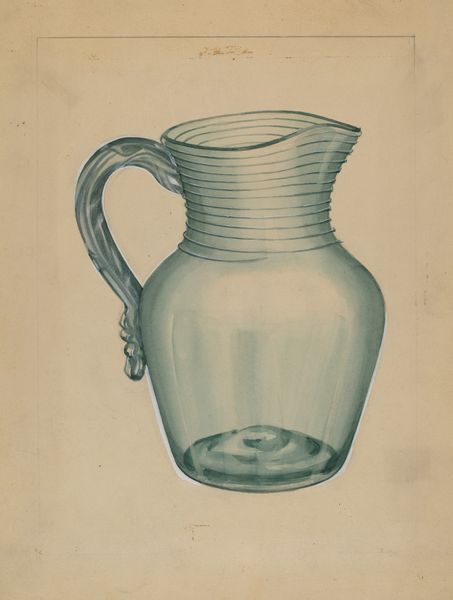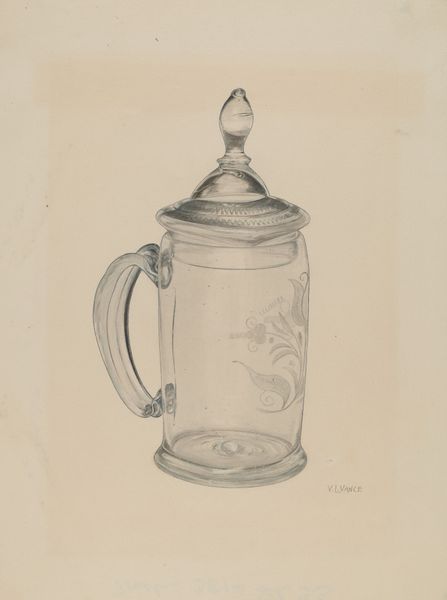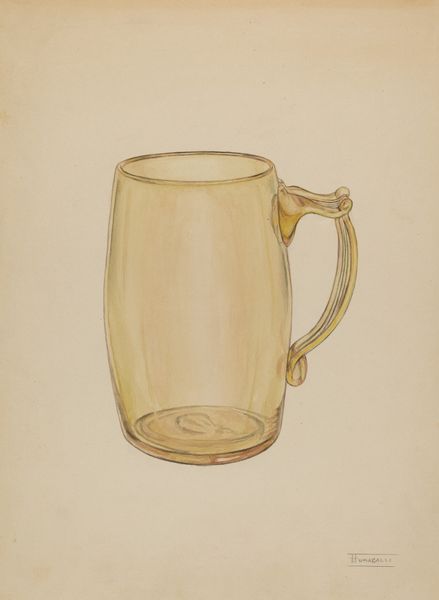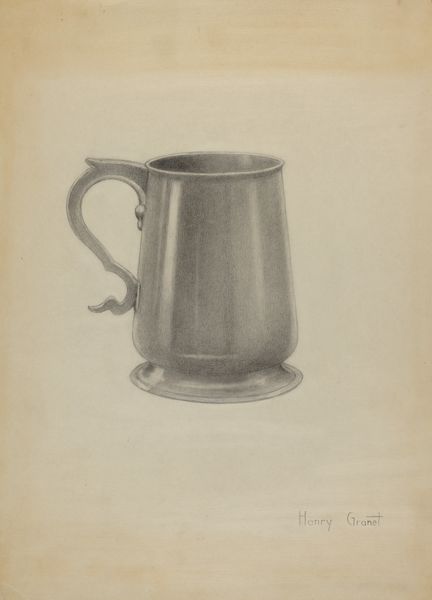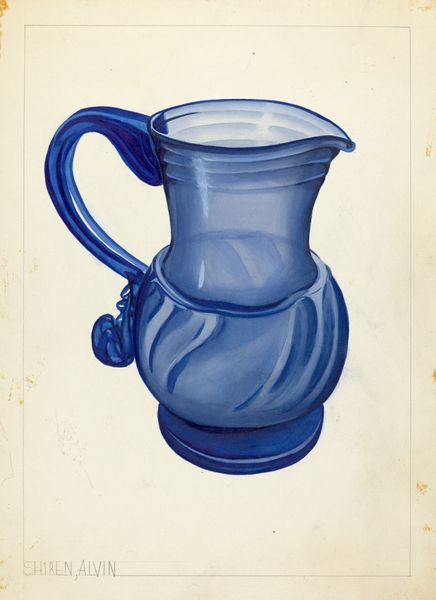
drawing, ink
#
pencil drawn
#
drawing
#
caricature
#
ink
#
pencil drawing
#
realism
Dimensions: overall: 24.6 x 35.5 cm (9 11/16 x 14 in.)
Copyright: National Gallery of Art: CC0 1.0
Editor: Here we have "Whale Oil Lamp Filler," a drawing made with ink and pencil by Harry King, around 1939. The subdued sepia tones create a sense of quiet utility. What narratives do you think it holds? Curator: This drawing offers a glimpse into a society grappling with shifting energy paradigms. Whale oil, once a vital resource, was facing competition from new fossil fuels. Consider the ethical implications of whaling – the commodification of nature, the disruption of marine ecosystems – juxtaposed against the promise of progress through kerosene and, later, electricity. Editor: So you're saying the object, even in its obsolescence, represents a moment of change? Curator: Precisely. And not just technological change. Think about class structures. Whale oil lamps illuminated both wealthy homes and working-class dwellings. Was there a shift in who could afford light as cheaper alternatives emerged? Also, consider the role of women in maintaining these lamps – cleaning, filling, and trimming the wicks. Was their labor impacted by this transition? Editor: That's a fascinating perspective. I hadn't considered the social and economic implications embedded in something as simple as a lamp filler. Curator: These objects are never truly "simple." They are imbued with histories of labor, resource extraction, and social dynamics. Asking these questions helps us reveal broader, often uncomfortable truths about our past. Editor: I’m seeing so much more now; it's not just an object study, it is a social artifact. Thanks for illuminating those ideas for me. Curator: It's a reciprocal illumination, wouldn't you say? We bring the oil, together we light the lamp!
Comments
No comments
Be the first to comment and join the conversation on the ultimate creative platform.
